This post will wind up the series I’ve been working on about Auraria, one of Denver’s oldest neighborhoods. In the series, you’ve seen the historic Tivoli brewery, a few churches and the Ninth Street Historic Park, among other things.
In this post I write about three or four of the ten houses on the east side of the Ninth Street Historic Park. There are five more buildings on the west side, including the Golda Meir House.
You may recall that this park is a preserved city block of houses from Victorian times which have been restored to original as much as possible. And the restored buildings now serve as office space and other functions for the three colleges that share the Auraria campus.

The first building I encountered was a Mexican restaurant at 906 Curtis Street that was originally a corner grocery and the only commercial property on the block:
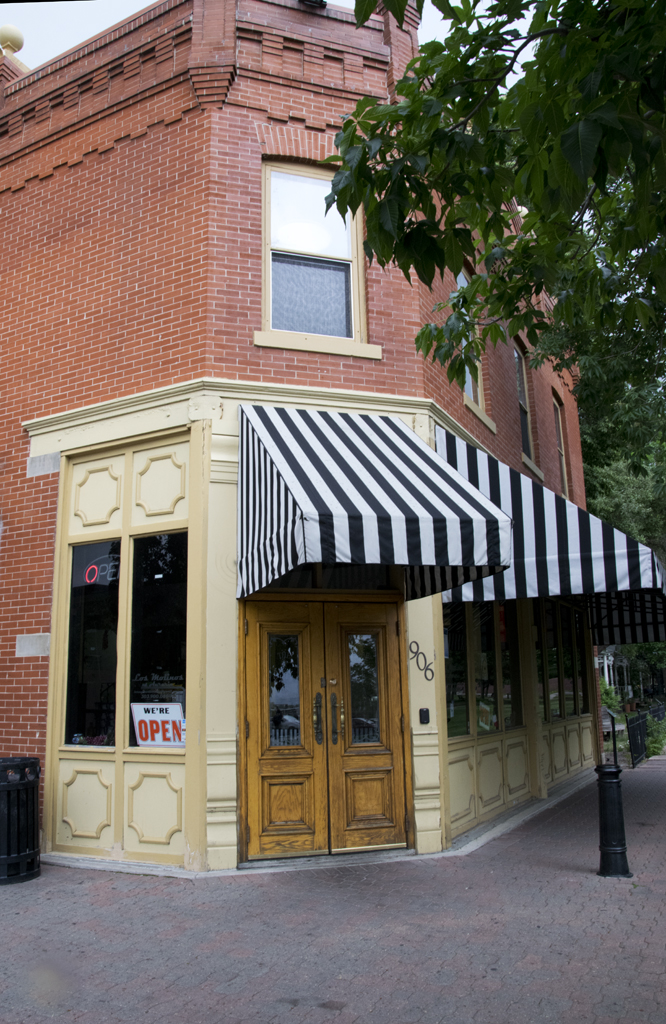
This Groussman Store was built in 1906. Albert and Belle Groussman tore down their frame house to have this built – the architect was the same one who designed the Tivoli. Don’t worry, they moved into a house behind the store!
Next to the restaurant was 1061 Ninth Street, which was built around 1874 and about which little else is known except its architecture is Italianate. It’s close to my heart, though, because it serves as the main office for University of Colorado Denver’s English Department.


Incidentally, University of Colorado Denver can be abbreviated as above, UCD. However, it’s often referred to as CU Denver, a source of great confusion to me before I figured it out.
Anyway, as much of the documentation about Ninth Street will tell you, many of the lots, including 1061, were owned by one John Mullen, an Irish immigrant who made good:
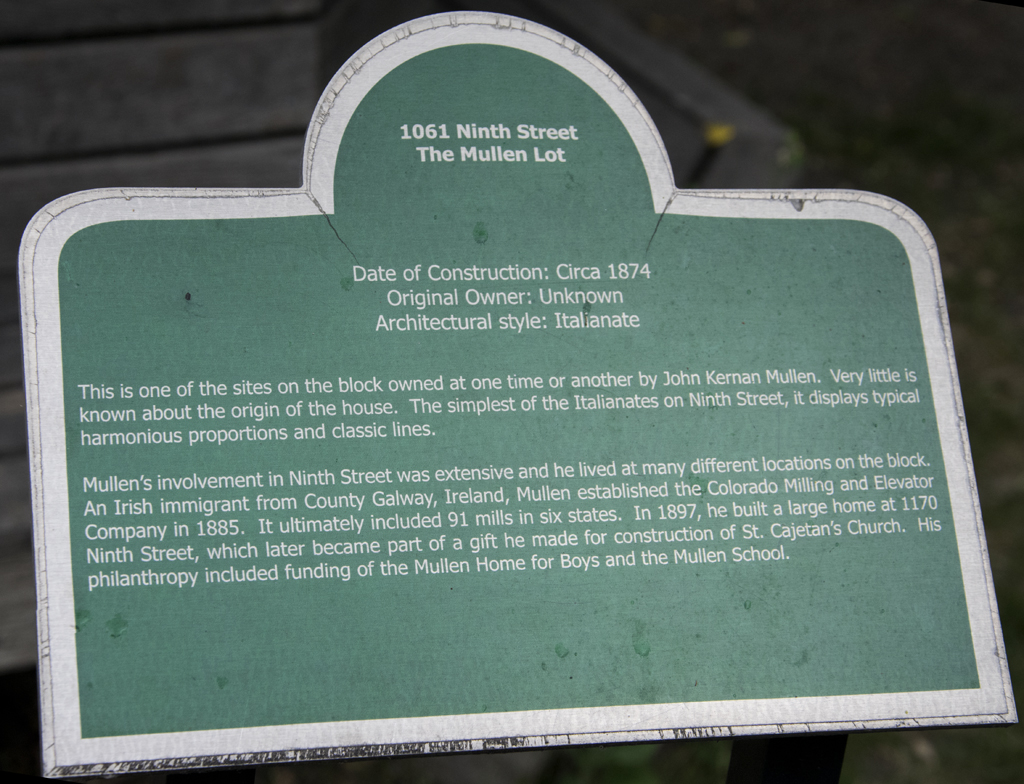
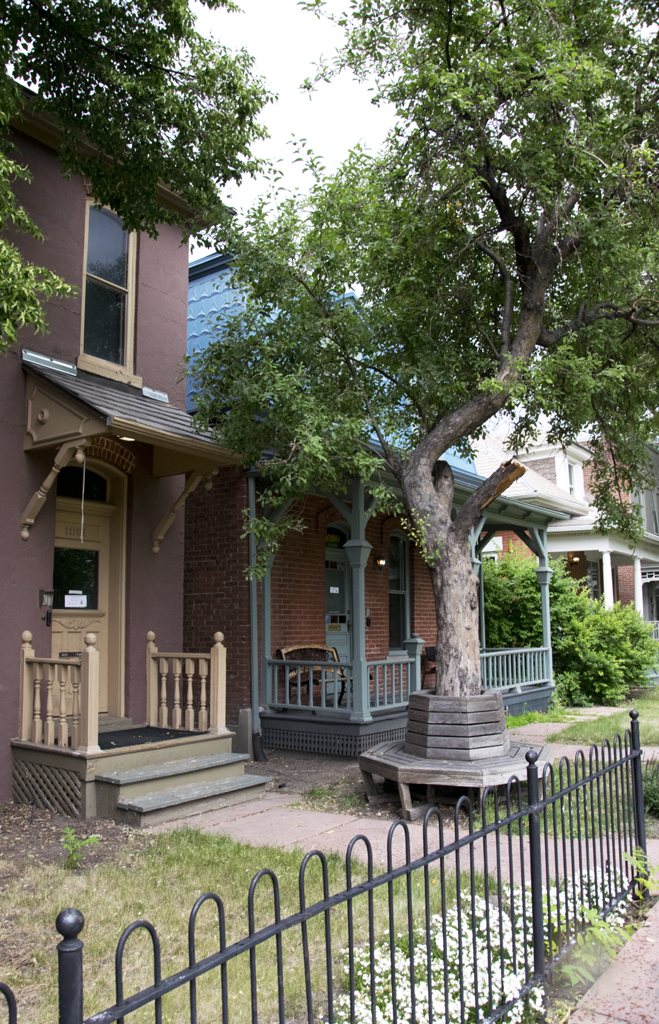
Moving on, to 1059 Ninth Street, the brick building with the greenish porch in the picture above, we see another part of the English Department. Note the mansard roof you can see through that tree.
Skipping over 1051 (built in 1903 by a blacksmith, last to be restored because of structural problems), we come to 1047 and 1045, a combo building called the Schultz House that houses One World One Water Center and the CU Denver Honors and Leadership Program. It’s the gray building on the left in the picture below:
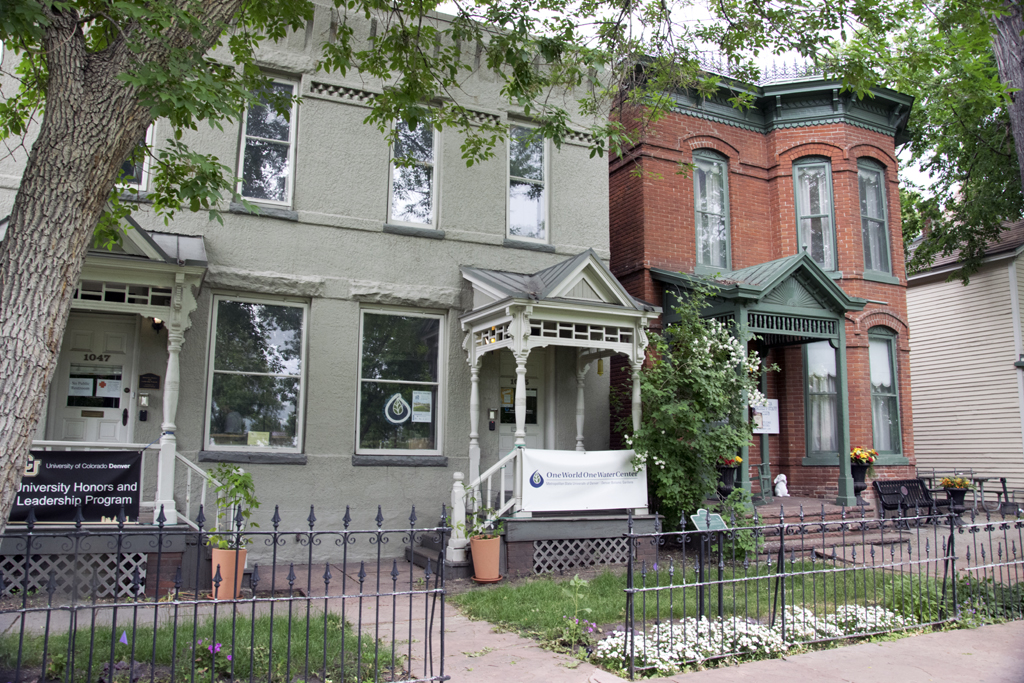
FYI, One World One Water Center is a collaboration of Metropolitan State University of Denver and the city’s Botanic Garden to educate and do research on the world’s water supply.
The double house, which ISN’T called a duplex because that term came later in history, dates from 1890. William Schultz, a bookkeeper for Tivoli, built it for $3,700 – a little over $105,000 in today’s dollars. With Denver’s real estate market, it would probably be over $500,000 just for the lot these days!
The stucco is thought to be possibly covering deteriorating brick, so they left it there to maintain structural integrity. The decorative brackets on the porch was probably mail-ordered.
A past resident here was Denver City Councilperson Eugene Madden, who had a popular saloon on Larimer Street from 1900-1941. Also, a man named Ben Vigil ran Copper Kettle Candy Company, specializing in cinnamon candy apples, out of the basement of this house.
Next we come to number 1041, the brick house with the green porch in the above photo. It’s the present-day Faculty and Staff Club, a little restaurant.
It’s the only one of these houses I actually went inside during my visit. It was mid-afternoon, so after lunch hour, so there was no crowd. You can tell how functionally they renovated these houses – in most cases, only the exterior was restored to original condition. The interiors were updated to provide good office (and restaurant) spaces.
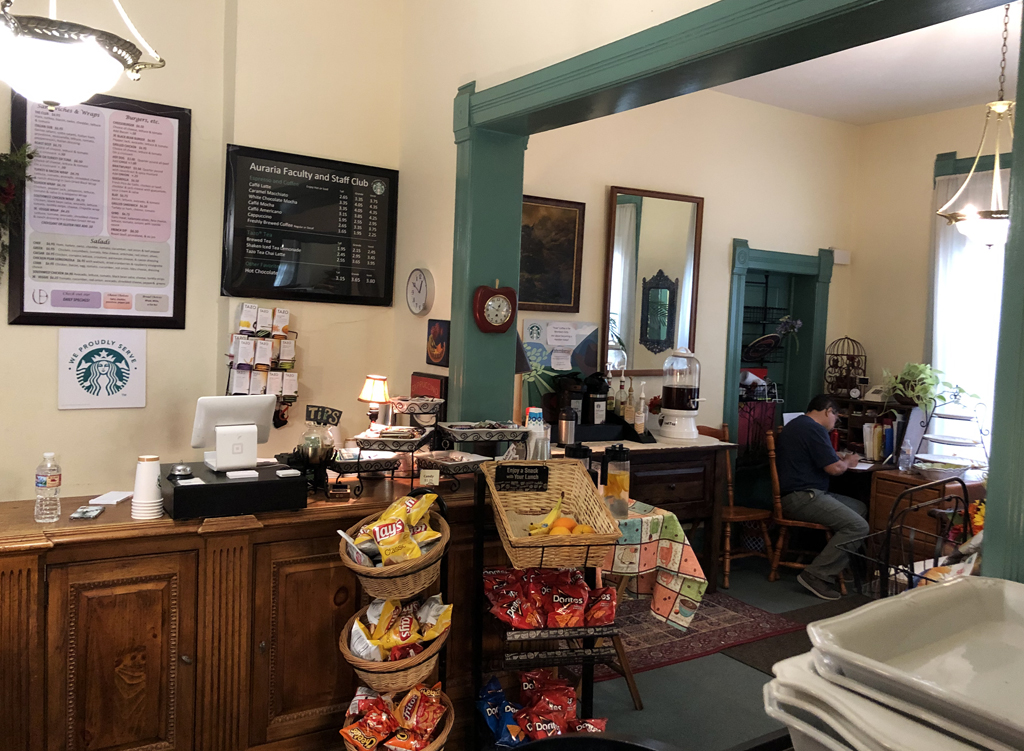
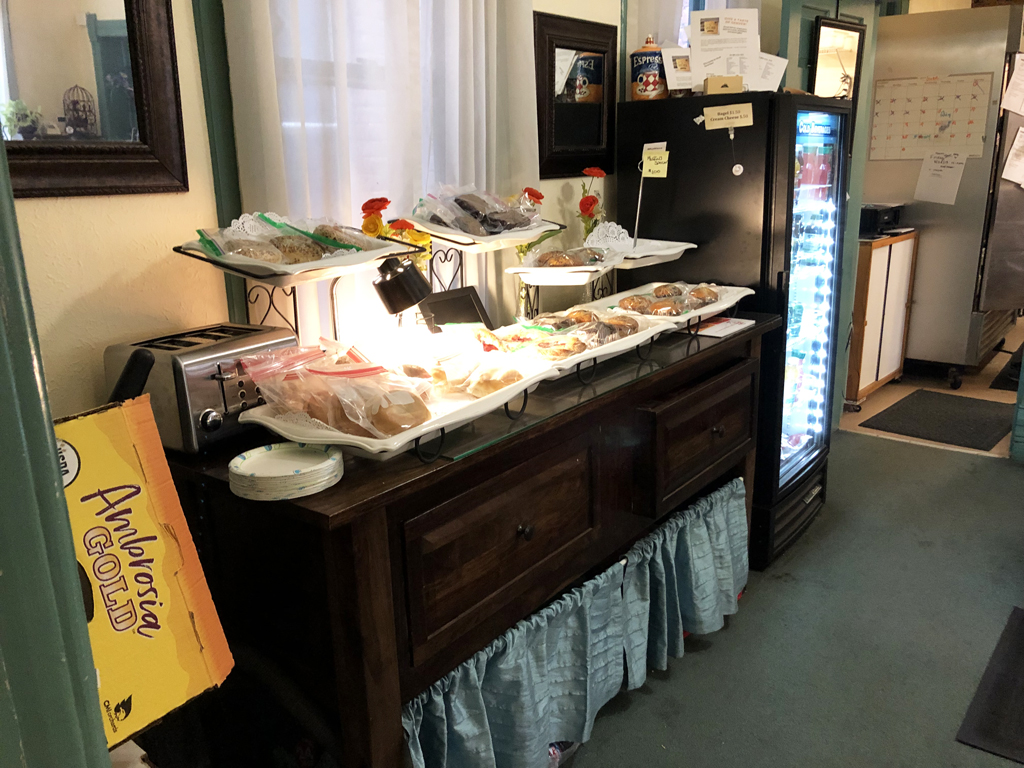
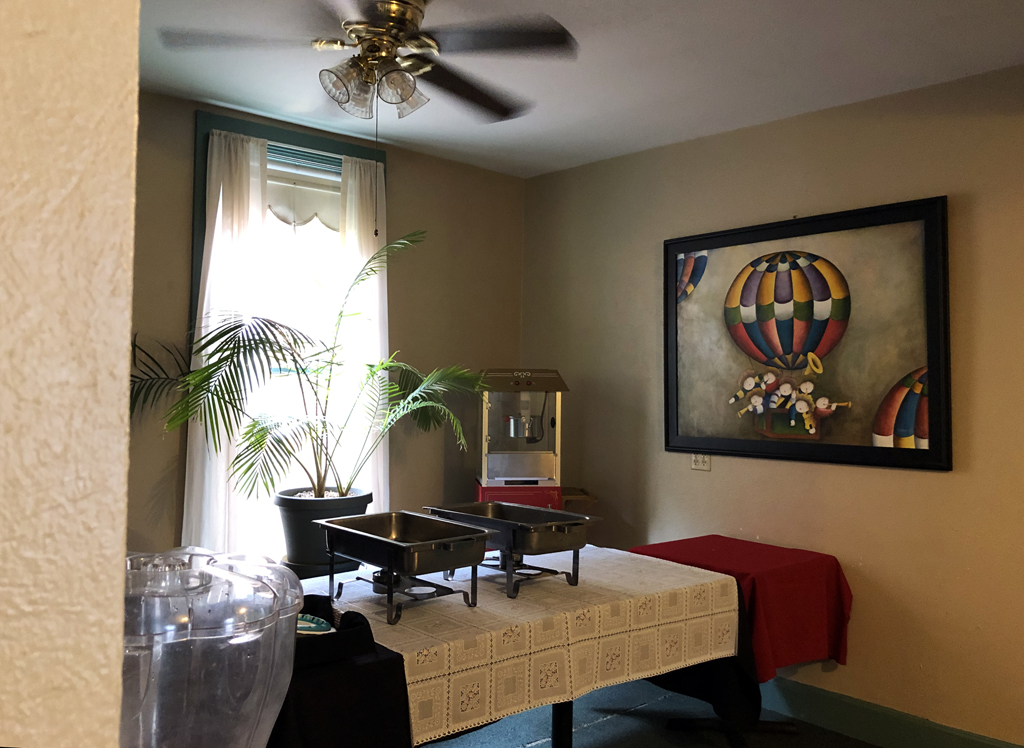
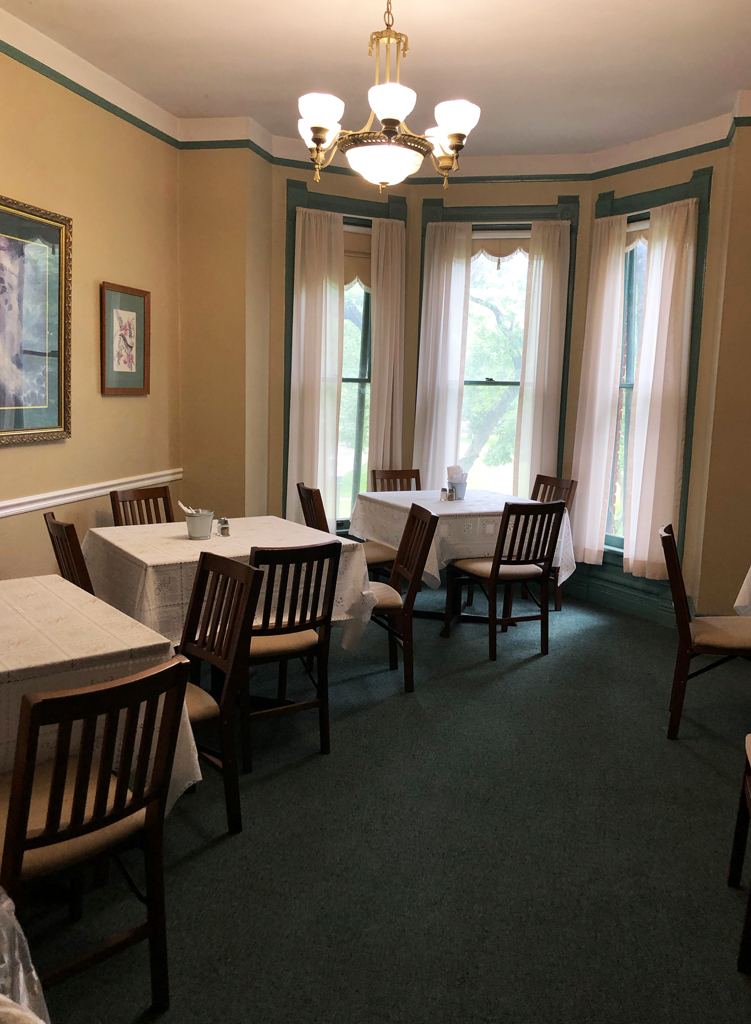
Though I don’t have specific pictures, I’ll mention a few facts about the houses on the rest of the block:
1033 Ninth Street (1873)–one of only two wood frame houses on the block, built by Jeremiah Gardner, a carpenter, while Colorado was still a territory. It’s a miracle it hasn’t ever burned!
1027 Ninth Street (1883)–built by the same carpenter as 1033, L-shaped floor plan like 1033, too. Kate Ann Witte became the owner in 1883; it was common to put the house in the wife’s name because men died before women, even back then; her husband was a driver for Colorado Ice and Storage and for Millard and Witte, a livery firm. If you don’t know what livery is, look it up, youngster!
1015 Ninth Street (1885)–The Knight House was built as a wedding present for Kate and Stephen Knight by her parents; Stephen Knight was a bookkeeper for a flour mill; today an elementary school bears his name. He must’ve been very good at numbers! This house has one of the only three mansard roofs on the street (1027 and 1059).
There is a copy of the walking tour of all the houses on the Denver Library website.
Ninth Street Park is a wonderful place to spend a few minutes or hours of down time. You don’t even have to know the history of these houses; it’s just a relaxing place to be. On your next trip to Denver, try to work in a few minutes here.
Photo for No Apparent Reason:
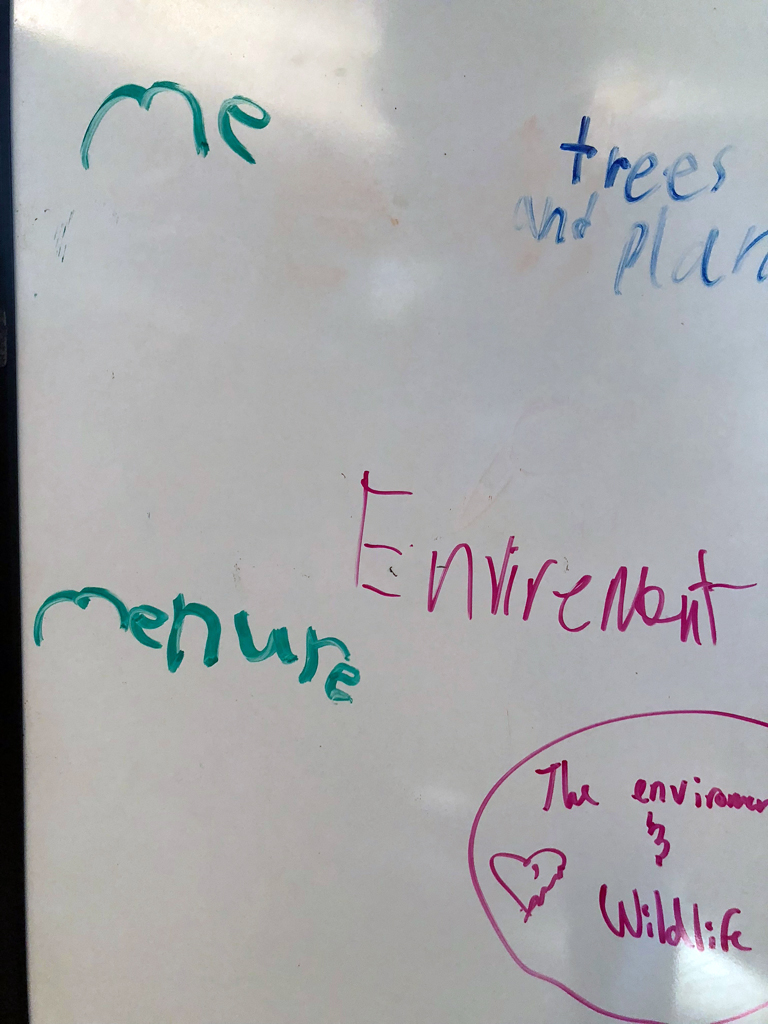
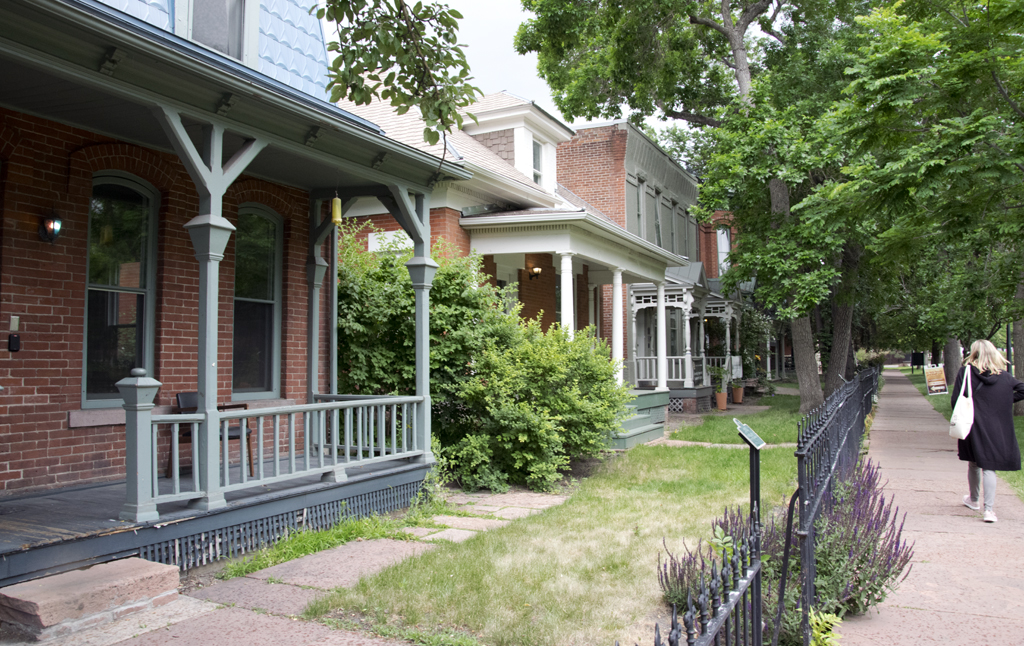
Lovely tips. I am gonna start using some of them from my next vacation 🙂 Really great post, there’s a few things here I want to look into now!